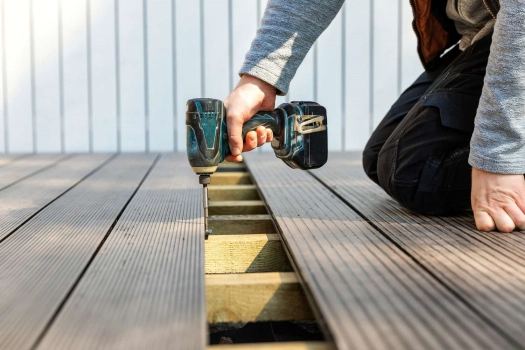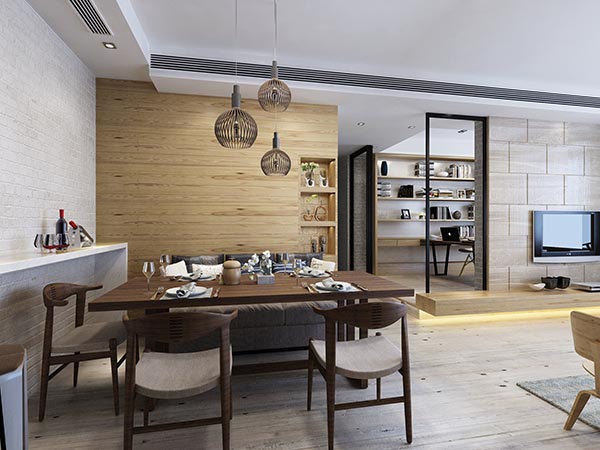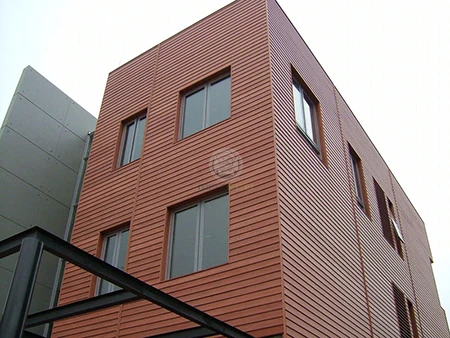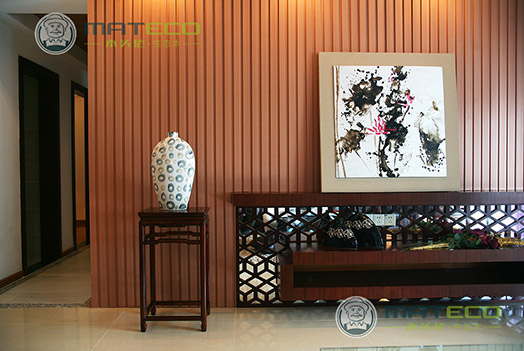Is PVC Good for Bathroom Walls?
When considering a bathroom renovation, one crucial aspect is the choice of wall material. Among the popular options available today, PVC wall panels have gained significant attention. But is PVC good for bathroom walls? In this article, we will explore the benefits and practical considerations to help you make an informed decision.
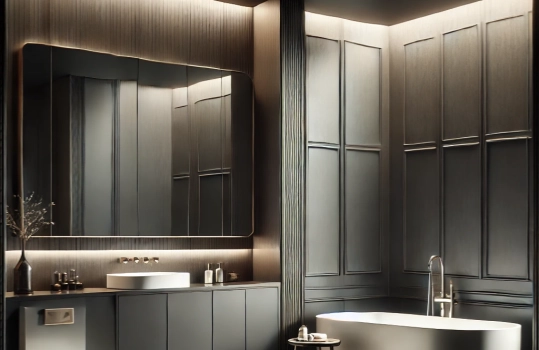
Table of Contents
What is PVC?
Polyvinyl Chloride (PVC) is a type of plastic commonly used in construction for its durability and versatility. PVC wall panels are engineered to provide a waterproof, durable, and aesthetically pleasing surface, making them an attractive option for bathroom walls.
Benefits of Using PVC for Bathroom Walls
Waterproof
One of the most significant advantages of PVC wall panels is their water resistance. Unlike traditional materials such as drywall, PVC panels do not absorb moisture, making them ideal for bathrooms where humidity and water splashes are common.
Durability
PVC panels are highly durable and can withstand the wear and tear of everyday use. They are resistant to scratches, impacts, and chemical damage, ensuring a long-lasting finish.
Aesthetic Appeal
PVC panels come in a variety of designs, colors, and finishes, allowing homeowners to achieve the desired look for their bathroom. Whether you prefer a modern, sleek appearance or a classic, textured finish, PVC panels offer numerous options.
Cost-Effectiveness
Compared to ceramic tiles or natural stone, PVC panels are more affordable. They provide a budget-friendly solution without compromising on quality or aesthetics.
Ease of Installation and Maintenance
PVC panels are relatively easy to install, often featuring a click-and-lock system that simplifies the process. Maintenance is also straightforward, requiring only regular cleaning with mild soap and water to keep them looking fresh.

Comparison with Other Materials
TilesCeramic or porcelain tiles are traditional choices for bathroom walls. While they offer a luxurious appearance and are also water-resistant, they can be more expensive and challenging to install compared to PVC panels.
Painted Walls
Painted drywall is a less expensive option but lacks the durability and water resistance of PVC panels. Over time, painted walls in bathrooms can suffer from mold and mildew growth due to moisture exposure.
Wood Panels
Wood panels add a warm, natural look to bathrooms but are susceptible to water damage and require more maintenance to prevent warping and mold growth.
How to clean PVC Panels in bathroom?
PVC panels are an excellent choice for bathroom walls due to their water resistance, durability, and low maintenance. However, to keep them looking their best and ensure their longevity, regular cleaning is essential.
Materials Needed:
Mild detergent or soap
Soft cloth or sponge
Warm water
Spray bottle (optional)
Soft-bristled brush (optional for tough stains)
Non-abrasive cleaner (if needed)
Microfiber cloth for drying
Step-by-Step Cleaning Guide
1. Prepare Your Cleaning Solution
Mix a few drops of mild detergent or soap with warm water in a bucket. Alternatively, you can use a pre-mixed non-abrasive cleaner designed for PVC surfaces.
2. Dust and Dry Wipe
Before applying any cleaning solution, dust off the panels with a dry, soft cloth or microfiber cloth. This helps remove any loose dirt and debris that could scratch the surface during cleaning.
3. Apply the Cleaning Solution
Dip your soft cloth or sponge into the cleaning solution and wring it out to avoid dripping. Alternatively, you can fill a spray bottle with the cleaning solution and lightly spray it onto the PVC panels.
4. Wipe Down the Panels
Gently wipe the PVC panels with the damp cloth or sponge. Start from the top and work your way down to avoid streaks. Use a soft-bristled brush for tougher stains, but be careful not to scrub too hard to avoid scratching the panels.
5. Rinse with Clean Water
After cleaning with the detergent solution, rinse the panels with clean, warm water to remove any soap residue. You can use a clean damp cloth for this step.
6. Dry the Panels
Use a dry microfiber cloth to wipe down the panels and remove any excess moisture. This step helps prevent water spots and streaks.
Tips for Maintaining PVC Panels
Regular Cleaning
Clean your PVC panels regularly to prevent the buildup of soap scum, mold, and mildew. A weekly wipe-down is usually sufficient for maintaining cleanliness.
Avoid Harsh Chemicals
Do not use abrasive cleaners, bleach, or harsh chemicals on PVC panels as they can damage the surface and cause discoloration. Stick to mild detergents and non-abrasive cleaners.
Handle Stains Promptly
Address stains as soon as you notice them. The longer a stain sits, the harder it can be to remove. For stubborn stains, use a non-abrasive cleaner and a soft-bristled brush.
Prevent Scratches
Avoid using rough sponges or abrasive pads that can scratch the PVC surface. Always use soft cloths or sponges for cleaning.
Ventilation
Ensure your bathroom is well-ventilated to reduce moisture and humidity, which can help prevent mold and mildew growth on the PVC panels.
Conclusion
In summary, PVC wall panels offer a range of benefits for bathroom walls, including water resistance, durability, aesthetic versatility, and cost-effectiveness. While there are some drawbacks, such as potential discoloration, the advantages make PVC a strong contender for bathroom renovations. If you are looking for an affordable, easy-to-maintain solution for your bathroom walls, PVC panels are worth considering.
FAQS:
Is PVC Safe for Bathrooms?
Yes, PVC is safe for bathrooms. It is non-toxic, waterproof, and resistant to mold and mildew.
Can PVC Panels Be Installed Over Tiles?
Yes, PVC panels can be installed over existing tiles, provided the surface is clean, dry, and free of any loose tiles or grout.
How Long Do PVC Panels Last?
With proper maintenance, PVC panels can last for many years, often up to 20 years or more.
Are PVC Panels Waterproof?
Yes, PVC panels are completely waterproof, making them an excellent choice for bathroom walls.
If you are looking for a WPC manufacturer, MATECO will be your best choice.
Website: https://www.matecowpc.com
WhatsApp: +86-13380085620
Email: info@matecowpc.com




